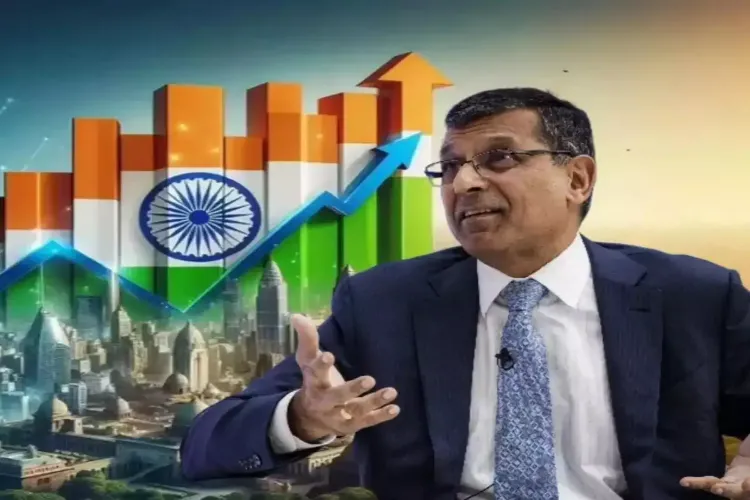Context
- The World Happiness Report 2025, released by the Wellbeing Research Centre at Oxford, ranks Finland as the happiest country for the eighth year in a row, while India stands at 118.
- Surprisingly, Pakistan (109) scores above India despite economic instability. This has revived debates on what “happiness” really measures and whether global indices accurately capture wellbeing in diverse societies like India.
What the World Happiness Report Measures?
- The report uses the Gallup World Poll’s Cantril Ladder, where people rate their life from 0 (worst possible life) to 10 (best possible life). The score is then linked to six variables:
- GDP per capita
- Social support
- Healthy life expectancy
- Freedom to make life choices
- Generosity
- Perception of corruption
- But the report itself admits that “belief in community kindness” and social trust correlate better with happiness than income. This means happiness is not purely economic, it depends heavily on perceptions, trust and expectations.
Why India Ranks Low Despite Strong Growth
- High expectations = lower reported satisfaction: As a vibrant democracy with free media and rising aspirations, Indians expect more from governance, jobs, cities and public services. When expectations rise faster than improvements, reported happiness falls, even if actual wellbeing improves.
- Perception bias: Democracies report more complaints whereas controlled societies report fewer, ranking them falsely higher. This penalises “noisy democracies” like India.
- Shrinking social networks: Global data shows 19% of young adults feel they have no one to rely on, loneliness has risen by 39% since 2006. Migration and digital life reduce traditional social bonds, affecting feelings of happiness.
- Institutional trust gaps: Nordic countries score high because people trust that a lost wallet will be returned; a sign of faith in institutions and community. In India, local trust (family, neighbourhood) is strong, but institutional trust (governance, services) is uneven.
How Happiness Scores Get Distorted?
- Perception-based Indices
- Global indices rely on limited groups of “experts”.
- A nation with no dissent appears happier because complaints are suppressed.
- WEIRD Bias
- Happiness norms are based on Western, Educated, Industrialised, Rich, Democratic societies.
- Western metrics favour individualistic trust (trust in institutions).
- Countries like India rely on collective trust (family, community), which is not measured.
- Calm Conformity vs Democratic Expression
- Countries with limited media freedom or political dissent appear “stable”.
- Democracies, with active debate and criticism, appear less happy on surveys, even when living conditions improve.
India’s Happiness Trends Over the Years
- 2012: Low point due to corruption scandals and economic slowdown.
- 2022: High point from post-COVID welfare schemes like PMGKY, vaccination drives and digital support.
- 2025: Happiness score at 389, ranking 118, worse than some poorer countries.
- This shows that happiness does not move with GDP. It moves with trust, fairness and emotional security.
Implications
- Economic growth alone cannot increase happiness.
- Social trust and institutional confidence are key drivers.
- Urbanisation brings prosperity but also loneliness and anxiety.
- Happiness rankings may undervalue cultural and community strength in Asian societies.
- Policymakers must integrate mental health and social wellbeing into governance.
Challenges & Way Forward
| Challenge | Way Forward |
| Low institutional trust | Simplify services; reduce corruption; ensure transparency in governance |
| Erosion of social capital | Build community spaces, promote cultural festivals, inter-generational engagement |
| Rising loneliness and mental health issues | Scale Tele-MANAS, school counselling, workplace wellbeing programmes |
| Perception biases in global indices | Build India’s own wellbeing index; engage globally to reform methodology |
| Urban-rural emotional divide | Promote community housing, green spaces, neighbourhood support networks |
| Economic focus overshadowing wellbeing | Integrate GNH-like (Gross National Happiness) measures in planning |
| Digital isolation | Digital wellness campaigns; promote offline recreation and clubs |
Conclusion
India’s low ranking in the Happiness Report says less about unhappiness and more about high aspirations, democratic openness and institutional challenges. True progress now requires pairing economic growth with empathy infrastructure; stronger community bonds, trusted public services, and mental health support. India may rank 118, but that reflects a nation still striving, self-aware, and ambitious; not unhappy, but unfinished.
| EnsureIAS Mains Question Q. “Economic growth does not guarantee national happiness.” Examine this statement in the context of the World Happiness Report 2025, and discuss the role of social trust, perception biases and institutional quality in shaping wellbeing in India. (250 Words) |
| EnsureIAS Prelims Question Q. Consider the following statements about the World Happiness Report 2025: 1. The report uses the Cantril Ladder, where people rate their life from 0 to 10 based on economic output alone. 2. Social trust and community kindness are significant predictors of national happiness. 3. Higher expectations in democratic societies may reduce reported happiness despite real improvements. Which of the statements are correct? Answer: A (2 and 3 only) Explanation: Statement 1 is incorrect: the Cantril Ladder uses self-rated life evaluation linked to six variables; it is not based on economic output alone. Statement 2 is correct: the report itself notes that social trust and perceived kindness strongly predict happiness. Statement 3 is correct: democracies with rising aspirations may score lower due to higher expectations and open criticism. |
Also Read | |
| UPSC Foundation Course | UPSC Daily Current Affairs |
| UPSC Monthly Magazine | CSAT Foundation Course |
| Free MCQs for UPSC Prelims | UPSC Test Series |
| Best IAS Coaching in Delhi | Our Booklist |





